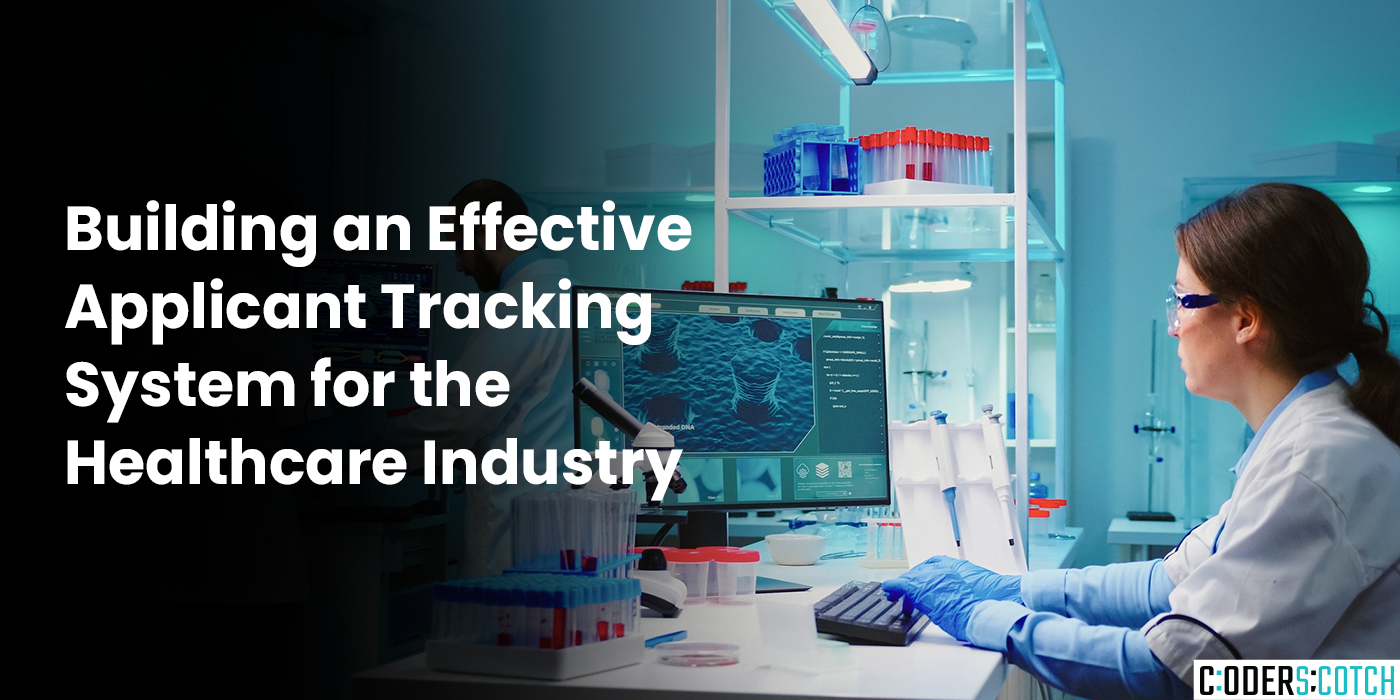Building an Effective Applicant Tracking System for the Healthcare Industry

In today’s competitive job market, organizations in the healthcare industry face unique challenges when it comes to attracting and hiring top talent. With the demand for skilled healthcare professionals on the rise, having an efficient and reliable applicant tracking system (ATS) is crucial for streamlining the recruitment process. An ATS not only helps healthcare organizations manage large volumes of applicants but also ensures compliance with industry regulations and standards. In this blog post, we’ll explore the key steps to building an effective ATS tailored specifically for the healthcare industry.
Understanding the Unique Needs of the Healthcare Industry
Before diving into the technical aspects of building an ATS, it’s essential to understand the specific requirements and challenges faced by healthcare organizations. Unlike other industries, the healthcare sector requires stringent compliance with regulations such as HIPAA (Health Insurance Portability and Accountability Act) and other privacy laws.
Key Features of a Healthcare ATS
- HIPAA Compliance: Security and privacy are paramount in the healthcare industry. An ATS for healthcare organizations must adhere to HIPAA regulations to ensure the protection of sensitive patient information throughout the recruitment process.
- Credential Verification: Healthcare roles often require specific certifications, licenses, and qualifications. The ATS should have the capability to verify and track these credentials, ensuring that candidates meet the necessary requirements before proceeding further in the hiring process.
- Integration with HR Systems: Seamless integration with existing HR systems, such as payroll and employee management software, is crucial for maintaining data consistency and streamlining administrative tasks.
- Customizable Workflows: Healthcare organizations may have complex hiring processes involving multiple stakeholders and stages. A customizable workflow feature allows recruiters to tailor the hiring process according to the specific needs of each role or department.
- Candidate Experience: A user-friendly interface and mobile accessibility are essential for providing a positive candidate experience. Healthcare ATS should allow applicants to easily submit their information, track their application status, and communicate with recruiters throughout the process.
- Reporting and Analytics: Data-driven insights enable recruiters to evaluate the effectiveness of their recruitment strategies and identify areas for improvement. Robust reporting and analytics functionalities help healthcare organizations optimize their hiring processes and make informed decisions.
Steps to Building a Healthcare ATS
- Define Requirements: Collaborate with key stakeholders, including HR professionals, recruiters, and IT specialists, to identify the specific requirements and goals of the ATS.
- Select a Vendor or Build In-House: Evaluate available ATS solutions in the market that cater to the healthcare industry or decide whether to build a custom solution in-house based on your organization’s unique needs and resources.
- Customization and Configuration: Customize the ATS to align with the workflows, processes, and compliance requirements of the healthcare organization. Configure the system to support credential verification, compliance with HIPAA regulations, and integration with other HR systems.
- Testing and Quality Assurance: Conduct thorough testing to ensure that the ATS functions as intended and meets the performance, security, and usability standards required by the healthcare industry.
- Training and Adoption: Provide comprehensive training to recruiters, hiring managers, and other users to familiarize them with the features and functionalities of the ATS. Encourage adoption by highlighting the benefits of the system in streamlining the recruitment process and improving efficiency.
- Continuous Improvement: Regularly review and assess the performance of the ATS, gather feedback from users, and identify opportunities for optimization and enhancement. Stay updated on industry trends and regulatory changes to ensure ongoing compliance and effectiveness.
Conclusion
Building an effective applicant tracking system for the healthcare industry requires careful consideration of the unique requirements and challenges faced by healthcare organizations. By incorporating features such as HIPAA compliance, credential verification, customizable workflows, and robust reporting capabilities, healthcare ATS can streamline the recruitment process, improve efficiency, and ensure compliance with industry regulations.
Case Study:
We have developed ATS – Applicant Tracking System – https://telescopehr.com for our US based customer.
